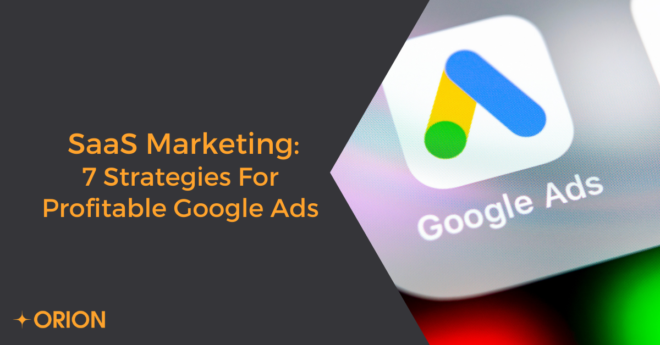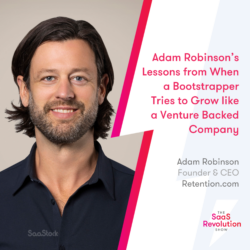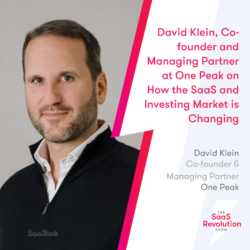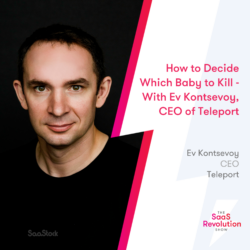This is a guest post written by Rayed Chaudhry, Co-founder of Think Orion, the official digital agency partner of SaaStock. Rayed is a marketing expert with over a decade of experience working with both agency & client-side to help SaaS businesses scale.
Do you find running profitable Google Ads campaigns for SaaS is hard? I get it. It’s no secret that Google Ads is a complex advertising platform. And the cherry on top is that Google is continually changing its platform.
But love it or hate it, Google Ads is here to stay. With 85% of the top SaaS companies like Salesforce, Hubspot, and Atlassian using Google Ads, it’s safe to say that it must be in your marketing key staples mix.
So I decided to do the hard work for you and provide you with the blueprint on exactly how to strategize, build, and optimize Google Ads marketing campaigns for your SaaS company.
Whether you’re a hands-on SaaS Founder, marketing manager, or CMO, my tried, tested, and proven strategies will help you:
- Increase marketing qualified leads by 78% with the same monthly budget
- Decrease cost per acquisition by 40%
- Grow sales qualified leads by 45%
7 strategies how to create profitable Google Ads for SaaS
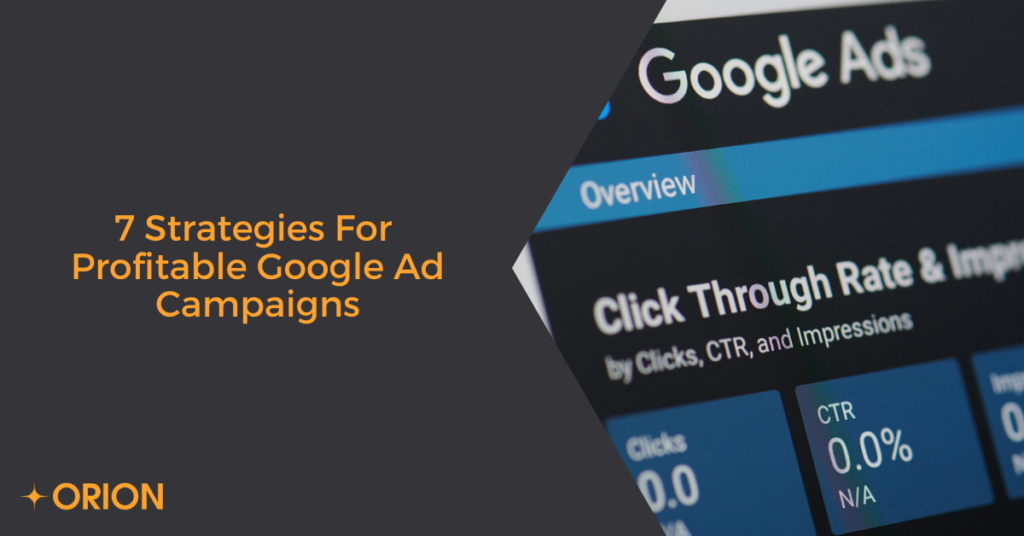
First, I’d like to address a common misconception many advertisers have. Google Ads is not a direct response marketing channel, and progress can’t happen overnight. It can take months of hard work, optimizations, and data analysis to profitably funnel ad spend.
Now that’s out the way! Let’s talk about 7 high-level strategies for building and optimizing SaaS Google Ads.
Strategy #1: Smart naming
While this doesn’t directly influence performance, it impacts the efficiency to navigate the account, recognizing each campaign/ad group’s goal and target.
Clear and defined names save you time and make you more focused on the important stuff.
Example:
- “Test App”
- “Best Test App”
- “Potential Test App”
- “Best Test Companies”
- “Potential Test Companies”
Google Ads will usually sort AdGroups from A-Z, making them hard to recognize.
Here is how I would tackle the naming convention:
- “Test App”
- “Test App (Best)”
- “Test App (Potential)”
- “Test App (Best)”
- “Test App (Potential)”
Now it is easier to identify the unique keyword of the AdGroup while also sorting the different variations.
Strategy #2: Utilize manual bidding strategies
There are various automated bidding strategies on Google Ads to control and adjust your bids.
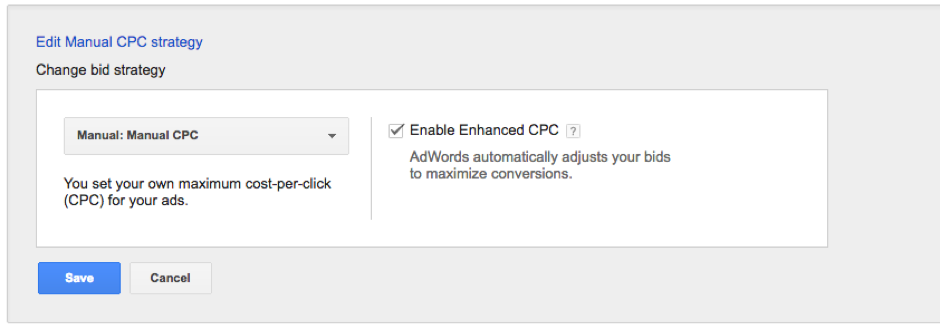
Although I have success utilizing bidding strategies, I don’t recommend testing them unless there is enough data for Google to make adjustments to bids effectively. Wait until your campaign has had more than 15 conversions over 14 days. Otherwise, you may end up with higher CPCs and CPAs, irrelevant traffic, low conversions, and poor CTR (Click-through rate).
Yes, setting up manual bidding takes more time, but it’s worth the investment, especially in the early stages.
These are the dimensions you should be regularly reviewing and adjusting accordingly:
Bids: Keywords
Bids adjustments: Audience – Device – Time of day – Day of week – Location – Age – Gender – Household income.
If you still want to test automated bidding strategies, I recommend doing a test/experiment campaign. These campaigns split traffic by default 50/50 between the control and the test campaign. The advantage here is that if the bidding strategy wasn’t successful, you still have the existing campaign active, which you can revert all traffic to.
Strategy #3: Set up a mirrored campaign
For lowering your CPA while still looking for new potential keywords, I recommend setting up a mirrored campaign. Create two identical campaigns with exact to match keywords and the other with (+board, match, and modified). This structure is best for B2B models with high CPCs.
Why set up a mirrored campaign?
The broad match modified campaigns allow you to set lower budgets and seek new keywords that you might not have thought about before. These keywords are then added as an exact match type to the exact match campaigns.
As a result, you will be able to increase the impressions rate on the same traffic with higher budgets.
Strategy # 4: Funnel Strategy
It could take some time for a user to take action on your website, whether it was starting a free trial or getting a free demo.
Implementing a funnel strategy is one of the key strategies to increase conversion rates and lower CAC. It maximizes your ability to take users from awareness to consideration and decision. Using data from Google Analytics or Google Ads, you can create middle funnel campaigns and specifically target these users.
Here is why you would do that:
- Assign individual budgets to these campaigns so you don’t risk running out of budget on your top funnel campaigns.
- Display more aggressive messages like discounts and limited-time to persuade users to take immediate actions.
- You can adjust the bids on each unique keyword to improve its position.
Strategy #5: Include in-market audiences
Adding in-market audiences to the campaigns allows you to connect with those actively researching or comparing products across Google Display Network. You can then make incremental conversions and target them before making their purchasing decision.
In this case, Google will provide insights about clicks, conversion, and engagement and continue to display the ads to others that don’t fit into this audience.
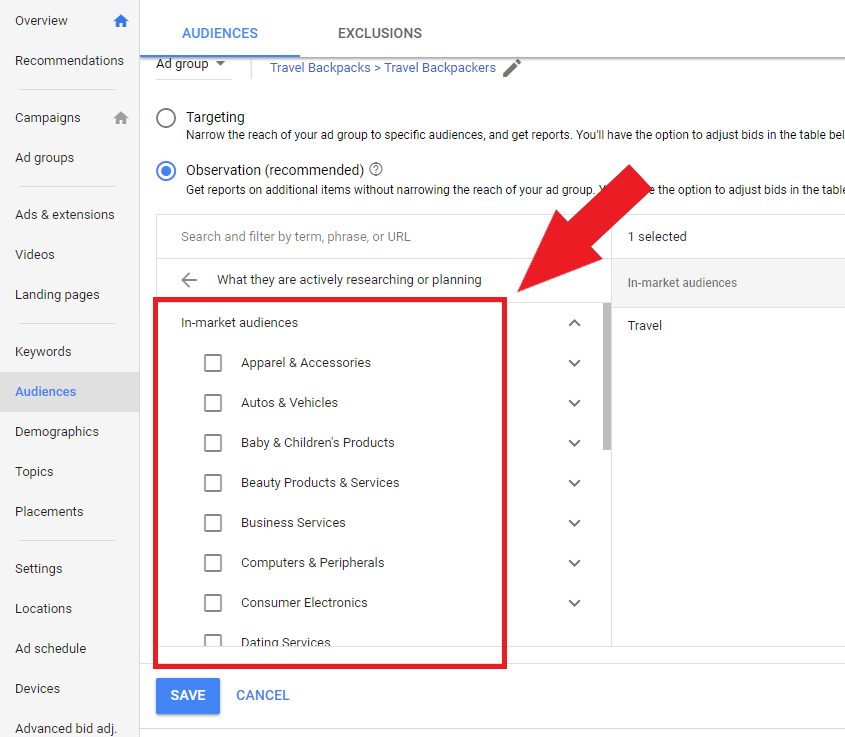
Here is why you would do that:
With time you will identify performing audiences to accordingly increase or decrease bids or decide to exclude an in-market audience altogether. As a result, you can lower your CAC.
Which in-market audiences should you include at the beginning?
Generally speaking, I recommend including all of them. You might find that your customers have other interests in common such as “Travel or “Fashion,” or “Home Decor.” Sometimes audiences with high conversion rates can go against the grain.
If you find a winning in-market audience and you are working with a limited budget, consider splitting it into its own campaign. This way, you can dedicate a specific budget and increase the impression share for these users. This article will help you identify the best audience for your SaaS product.
Strategy #6: Bid on your competitor’s terms
Start by using the “Auction Insights” tool on your existing campaigns to compare your performance with other advertisers. Then use the Keyword Planner to look for your competitor’s terms and their search volumes.
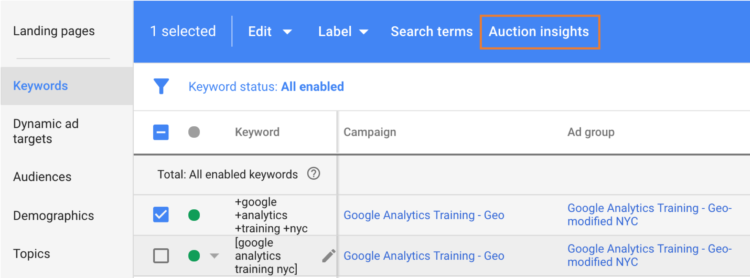
Get super creative with your ad copy so that users would want to choose you over your competitors.
Strategy # 7: Use the search term report
The search terms are the list of phrases users have typed, which resulted in your ad being displayed to them. Regularly checking this list will help you identify negative keywords as well as new keyword opportunities.
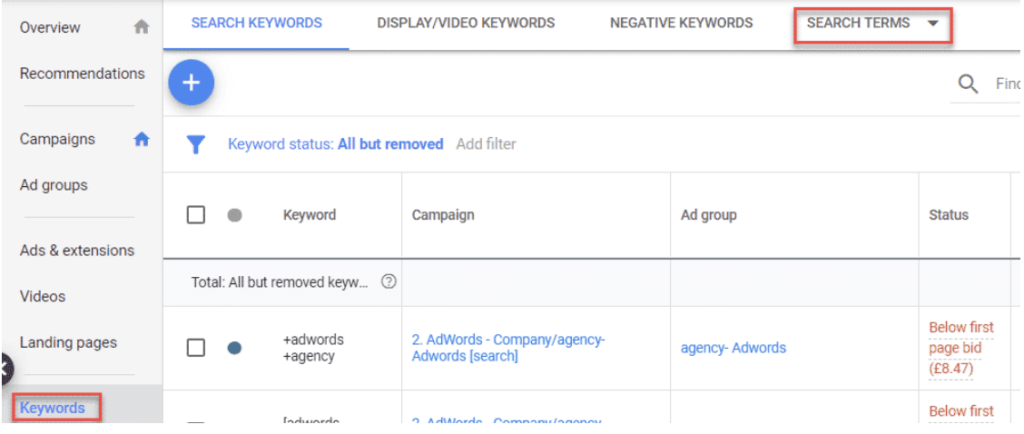
But that’s not everything. Usually, there is always a limited supply of high-intent keywords for SaaS companies in the opportunity analysis section. As a result, you will end up with high CPCs and an increased competition rate.
Going through the search term reports will help you identify keywords with less intent but are higher in the funnel.
The Bottomline
Google is continually changing its Google ads environment and pushing new features to the market. With that being said, what worked today might not work tomorrow. But the above tried and tested high impact strategies are proven to drive results for SaaS companies.
Bonus
If you are struggling to get a steady flow of quality leads at an affordable cost, a successful lead generation is much more than a fully optimized website. You need to speak the language of your customers.
This Ultimate Lead Generation Guide for SaaS is a concentrate of information that covers the main lines of Saas lead generation. Follow our time-tested methods and ensure a continual supply of high-quality, fully qualified, and nurtured prospects until they are ready to buy. Grab your FREE eBook and duplicate our success.
About the author
Rayed Chaudhry is passionate about marketing and interested in learning new ways to hack (legally) marketing platforms to help businesses achieve growth using unconventional methods. Prior to starting Think Orion, Rayed has worked in various marketing positions and spent millions of dollars across different ad platforms.
Rayed Chaudhry is passionate about marketing and interested in learning new ways to hack (legally) marketing platforms to help businesses achieve growth using unconventional methods. Prior to starting Think Orion, Rayed has worked in various marketing positions and spent millions of dollars across different ad platforms.
